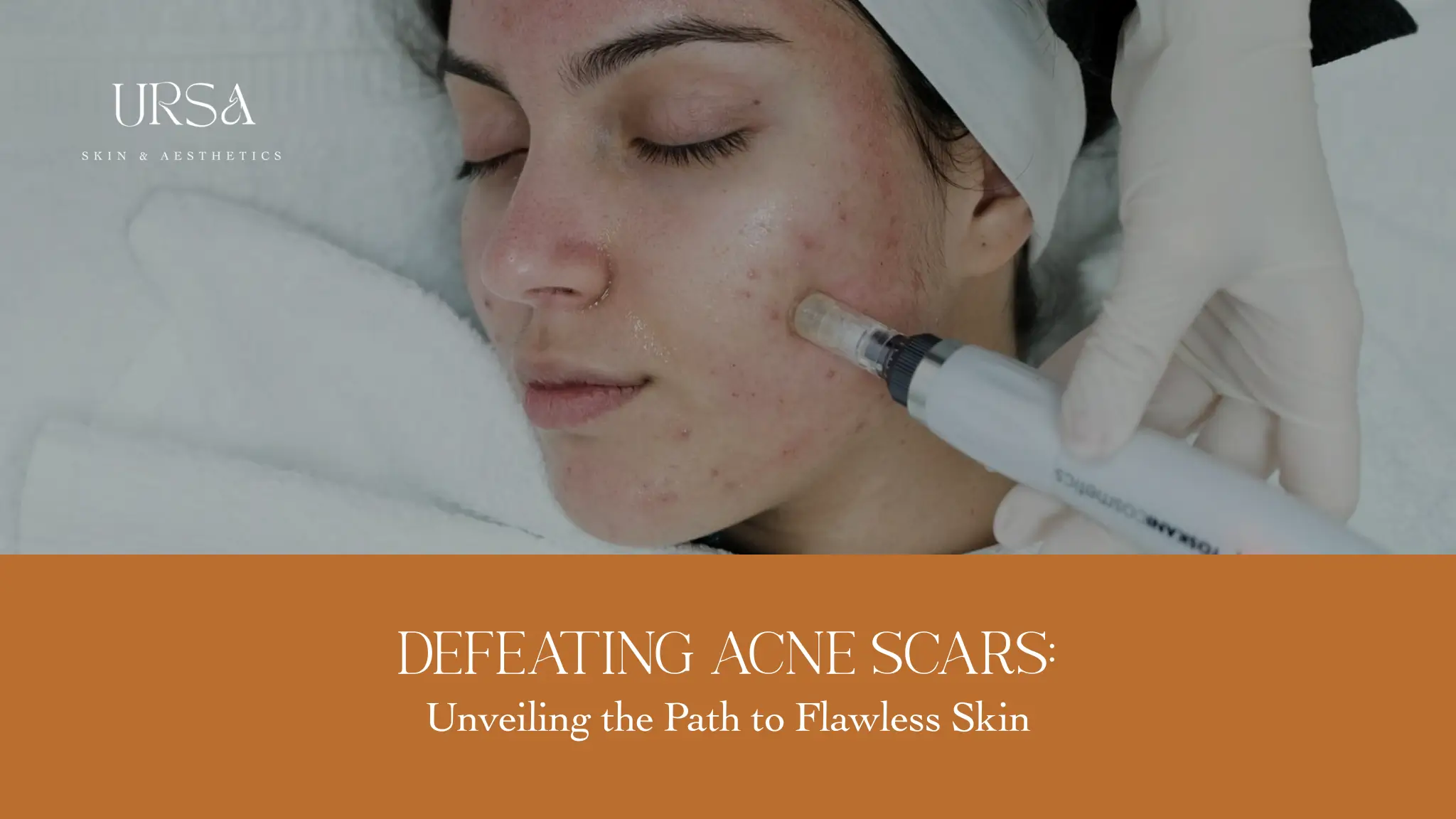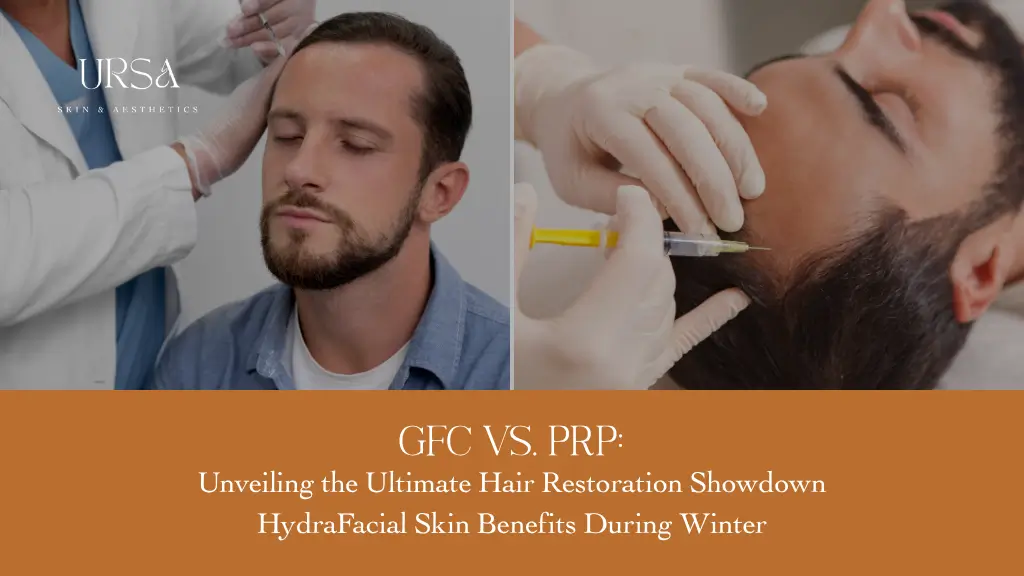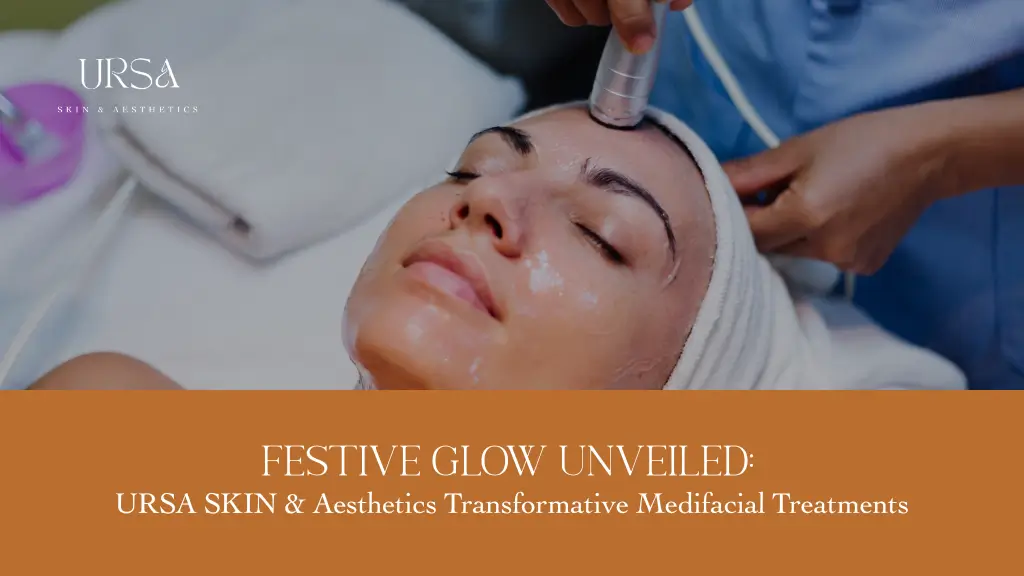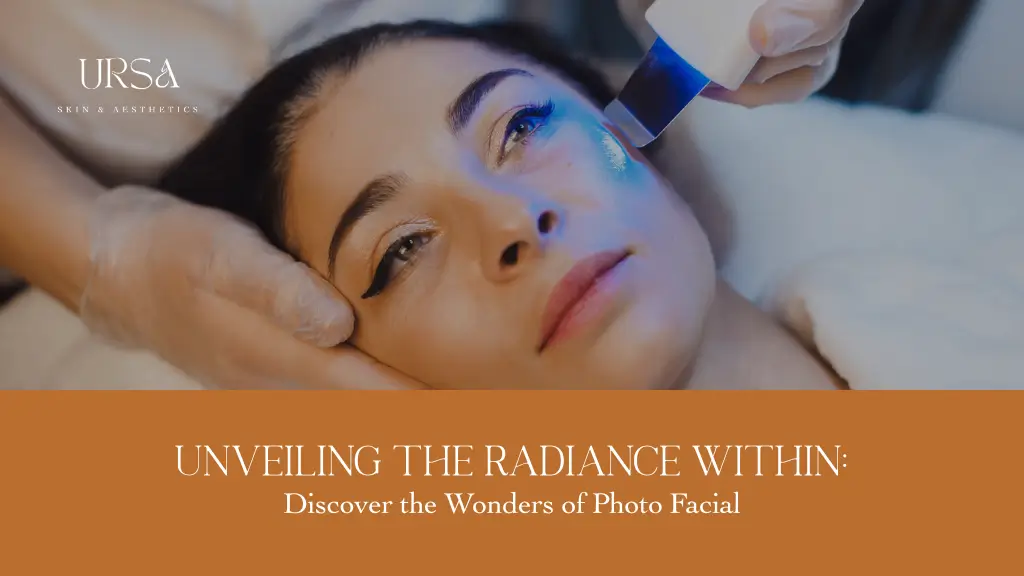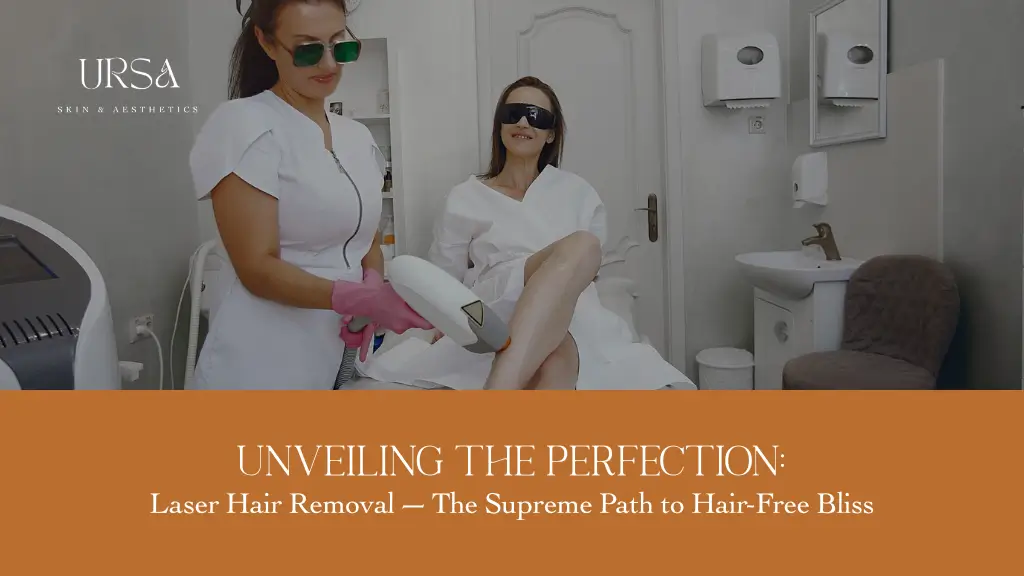Defeating Acne Scars: Rebooting the Path to Flawless Skin
Imagine waking up every morning, looking in the mirror, and feeling nothing but confidence and pride in your flawless skin. No more worrying about those stubborn acne scars that have lingered far too long. It’s time to unveil the path to flawless skin and conquer the battle scars left by acne. Acne scars, like lingering shadows of the past, often dampen our self-esteem and hinder our journey to radiant skin. But fear not, for in this comprehensive guide, we will unravel the secrets behind the formation of acne scars and unveil the most effective prevention and acne scar treatment strategies. Say goodbye to the days of concealing scars with makeup or avoiding social gatherings. It’s time to reveal the radiant, confident version of yourself—the one that stands tall with flawless skin. Let us be your partners in the journey towards flawless skin. Together, we will unveil the potential of your skin, unlocking a new chapter of radiant beauty and self-assurance. URSA Skin & Aesthetics is committed to providing you with an unforgettable experience, one that celebrates your uniqueness and celebrates the triumph over acne scars.
Section 1: Understanding Acne Scars
1.1 The Anatomy of Acne Scars
Acne scars result from the skin’s attempt to heal itself after inflammatory acne lesions. When the skin experiences inflammation due to acne, the normal collagen production process is disrupted. Collagen is a protein that provides structural support to the skin. During the healing process, the body may produce too much or too little collagen, leading to the formation of acne scars. There are two main types of acne scars: atrophic scars and hypertrophic scars. Atrophic scars are characterised by a loss of tissue, creating a depression or indentation in the skin. These scars include icepick scars (narrow, deep scars), rolling scars (broad depressions with sloping edges), and boxcar scars (shallow depressions with defined edges). On the other hand, hypertrophic scars result from excessive collagen production, leading to raised, thickened scar tissue. Keloid scars are a specific type of hypertrophic scars that extend beyond the boundary of the original wound.
1.2 Types of Acne Scars
Understanding the various types of acne scars is essential as it influences the choice of prevention and acne scar treatment methods. Icepick scars are often difficult to treat due to their depth, while rolling scars and boxcar scars may respond better to certain treatments. Hypertrophic scars and keloid scars require different approaches to reduce their appearance effectively.
Section 2: Prevention Strategies
2.1 Skincare Routine: The Foundation of Prevention
A well-crafted skincare routine plays a crucial role in preventing acne and subsequent scarring. Cleansing twice daily, using a gentle exfoliant to remove dead skin cells, and applying a moisturiser suited to your skin type are essential steps. Including research-backed ingredients in your routine, such as retinoids (Vitamin A derivatives), alpha hydroxy acids (AHAs), and niacinamide (Vitamin B3), can help promote skin cell turnover and collagen production. Retinoids, in particular, are known for their ability to fade acne scars gradually.
2.2 Sun Protection: Shielding Your Skin
Sun exposure can worsen acne scars by damaging the skin and leading to increased pigmentation. Wearing sunscreen with a high Sun Protection Factor (SPF) daily is crucial to protect the skin from harmful UV rays. Broad-spectrum sunscreens shield the skin from both UVA and UVB rays, preventing further damage and allowing existing scars to fade naturally over time.
2.3 Avoiding Picking and Squeezing: Nurturing Your Skin
Picking or squeezing acne blemishes can disrupt the healing process and worsen scarring. The temptation to pop pimples should be resisted, as it can lead to infection and inflammation, exacerbating the formation of scars. Instead, gentle skincare practices should be embraced, such as using clean hands to apply products and avoiding harsh scrubbing.
2.4 Healthy Diet and Hydration: Nourishing Your Skin from Within
Research suggests that diet can influence acne severity, and a balanced diet rich in antioxidants, vitamins, and minerals can support skin health and reduce inflammation. Consuming foods high in omega-3 fatty acids, such as fatty fish and flaxseeds, can help combat inflammation and promote skin healing. Staying hydrated is also essential for maintaining healthy skin and aiding in the natural repair process.
Section 3: Clinical Treatments for Acne Scars
While prevention is crucial in managing acne scars, sometimes existing scars may require more intensive acne scar treatment. In this section, we will explore clinical treatments that have shown promising results in reducing the appearance of acne scars and restoring smooth and flawless skin. These treatments are typically performed by trained professionals, such as dermatologists or licensed aestheticians, and are tailored to suit individual skin types and scar severity.
3.1 Chemical Peels: Renewing Your Skin
Chemical peels are a popular clinical acne scar treatment that involves the application of a chemical solution to the skin. This solution exfoliates the outer layers of the skin, removing damaged and scarred cells, and stimulates the production of new, healthy skin cells. The depth of the peel can vary depending on the type and severity of the scars.
- Superficial Peels: These peels are milder and target the outermost layer of the skin (epidermis). They are effective for improving skin texture and reducing the appearance of mild acne scars. Common ingredients in superficial peels include alpha hydroxy acids (AHAs) like glycolic acid and lactic acid.
- Medium Peels: Medium peels penetrate deeper into the skin, targeting the middle layer (dermis). They can improve the appearance of moderate acne scars and may use trichloroacetic acid (TCA) or a combination of acids.
- Deep Peels: Deep peels are more aggressive and reach the deeper layers of the skin. They can effectively address severe acne scars, but they require a longer recovery time. Phenol is commonly used in deep peels.
Chemical peels not only reduce acne scars but also improve skin tone and texture, reduce hyperpigmentation, and stimulate collagen production. The treatment process involves cleansing the skin, applying the chemical solution, and then neutralising it to stop the exfoliation process. Following the treatment, the skin may appear red and may peel temporarily, but the result is rejuvenated skin with a more even tone and reduced scarring.
3.2 Microneedling: Stimulating Collagen Production
Microneedling, also known as collagen induction therapy, is a minimally invasive procedure that involves using a device with fine needles to create controlled micro-injuries in the skin. These micro-injuries trigger the body’s natural healing response, stimulating the production of collagen and elastin. Collagen is vital for maintaining skin structure and plumpness, while elastin gives skin its elasticity. During the procedure, the microneedling device is moved across the skin’s surface, creating tiny channels that reach the deeper layers. The body responds by producing new collagen, which helps in repairing the damaged skin, including acne scars. Microneedling is particularly effective for treating rolling and boxcar acne scars. Microneedling is generally well-tolerated and requires little downtime. After the procedure, the skin may be slightly red and sensitive, but these effects typically subside within a few days. Multiple sessions may be needed to achieve optimal results, and improvements in acne scars may become more noticeable over time as collagen continues to rebuild.
3.3 Laser Therapy: The Power of Precision
Laser therapies have revolutionised acne scar treatment, offering targeted precision and controlled energy delivery to the skin. There are various types of lasers used for acne scar treatment, including fractional laser and CO2 laser.
- Fractional Laser: Fractional laser treatments deliver microbeams of laser energy to the skin, creating tiny, controlled columns of heat. This stimulates collagen remodelling and encourages the skin to produce new, healthier tissue. Fractional laser treatments are effective for treating a wide range of acne scars, including boxcar and rolling scars.
- CO2 Laser: CO2 laser treatments are more aggressive and typically used for deep acne scars. The laser emits a continuous beam of light that ablates the outer layers of the skin, leading to significant collagen remodelling and scar improvement. CO2 laser treatments require longer recovery times but can deliver dramatic results for severe acne scars.
Laser treatments are precise and can target specific areas of scarring without damaging the surrounding skin. They offer customizable options depending on the depth and severity of the scars. The procedure may cause redness, swelling, and some discomfort, but these effects are temporary. Results from laser treatments may take several weeks to months to become fully apparent, as the skin continues to heal and regenerate. Also learn about Hydrafacial Treatment: The Secret to Radiant, Healthy Skin
Conclusion
In our pursuit of radiant skin, clinical acne scar treatments offer a beacon of hope. Chemical peels, microneedling, and laser therapy are powerful tools in the battle against acne scars. We’ll explore the science behind these treatments, providing real-life accounts of individuals who have witnessed transformative results. Are you ready to break free from the chains of acne scars? Are you ready to embrace your skin’s true potential and journey towards a flawless complexion? Then join us on this quest of defeating acne scars as we unveil the path to radiant, confident skin. Together, let’s create a new narrative—a tale of triumph over acne scars and a celebration of the beauty that lies within you. Get ready to embrace the journey of a lifetime, where flawless skin awaits at the end of the road. Experience the expertise of URSA Skin & Aesthetics‘ skilled dermatologists and bid farewell to acne and scars. Book your consultation today and take the first step towards achieving clear, blemish-free skin. Let our professionals guide you on a journey to radiant and confident skin, leaving acne and scars behind. Don’t wait any longer; a brighter, smoother complexion awaits you.
